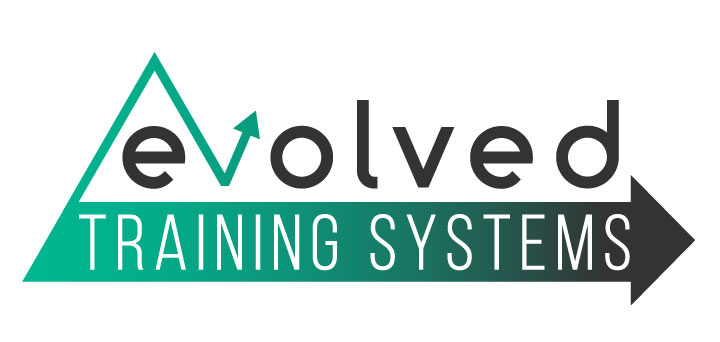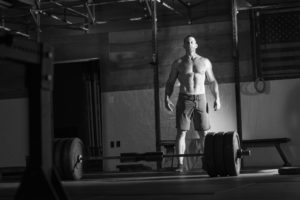The general philosophy applied to Evolved programming across the board can be seen in the blog about lengthened overload. The general principles discussed there will apply to this cycle, as well.
However, there are a few big differences.
For one, this current cycle is setup with two movements being performed back to back as a “superset” and then taking a long rest between rounds of the paired movements.
This type of training is a personal favorite of mine, but for an odd reason.
Research *seems* to demonstrate that there’s value in training with a wide variety of rep ranges, with rep ranges being used as a proxy for “time under tension.”
Higher reps are therefore essentially a way to train the more slow twitch “metabolic” muscle fibers.
From research, we know that the stimulus gets more effective the closer you get to failure. Many use the effective reps model, which states the final 5 reps before failure are the main effective ones for growth.
I personally hate training with higher reps. I find it time consuming, and quite cumbersome, because I must do so many “ineffective” reps before getting to the effective ones (in a set of 20 reps, it’s mostly reps 15-20 that build muscle).
What we are trying to achieve with high reps, is longer TIME UNDER TENSION for the specific muscle we’re targeting.
Using same-muscle-group supersets in the 6-10 rep range is like a cheat code to get more effective reps with less time commitment.
That is why I love using pre-exhaust training during the portion of the periodized training year in which others may be doing straight sets of 15-20+ reps.
—
In training, we have two types of movements:
Isolation = Exercises that move at one joint, such as a bicep curl, lateral raise or leg extension etc…
Compound = Exercises that move at multiple joints, such as squats, bench press, bentover rows etc…
This current cycle specifically is setup in what’s called “pre-exhaust.”
This means that we will be performing a SINGLE JOINT ISOLATION movement first, and then moving immediately into a MULTI JOINT COMPOUND movement.
The objective is to use the isolation movement to fatigue the muscle significantly, so that when we move to the compound movement, we don’t need as much weight and can more quickly take the target muscle closer to failure.
In the blog linked above, we discuss the difference between short and lengthened movements and why it matters. Make sure to check that out!
When we do pre-exhaust, it would be OPTIMAL to go from a SHORT movement then to a LENGTHENED movement. This is because short movements primarily only fatigues a portion of the range-of-motion (the “contraction” part of the rep), and thus the lengthened movement (done second) can still produce plenty of force, even after fatiguing the “contracted” portion prior.
Using chest as an example, there are two isolation movements we could use:
Crossovers (cable/banded) OR DB Flies.
The DB Fly is a lengthened overload movement, therefore the crossover, which is overloaded at the contraction, would be a better choice.
This is not to say it wouldn’t work, or be effective, with a DB Fly. It’s just that it would be much more fatiguing, with two lengthened overload movements, so you may find you get even more sore and cause more muscle damage with that approach.
Each of the 4 training days has these pre-exhaust pairings for parts A and B of each day. The remaining portions of each training day will be more standard straight sets.
Much like in prior cycles, the short and the lengthened movements will progress differently.
Short movements (much less fatiguing) start much closer to failure, and eventually progress into a variety of intensity techniques described in the blog linked at the top.
The lengthened movements (more fatiguing) start further from failure, and eventually progress closer and closer to failure week to week.
Also remember that as the short movement progresses into partials and other intensity techniques, this will mean you are carrying more fatigue into the second movement.
This means you don’t need to try and force progression for the second exercise. Even matching performance from prior week could be considered progress, given that you have more fatigue going into it.
This cycle will be only TWO MESOCYCLES “blocks” of training, where usually Evolved programs have 3 mesocycles.




